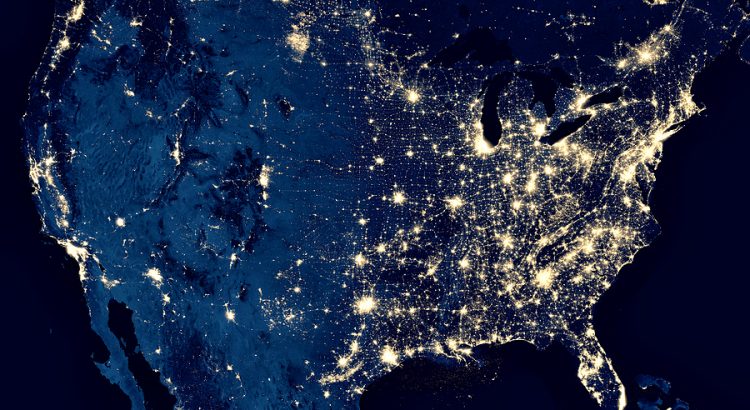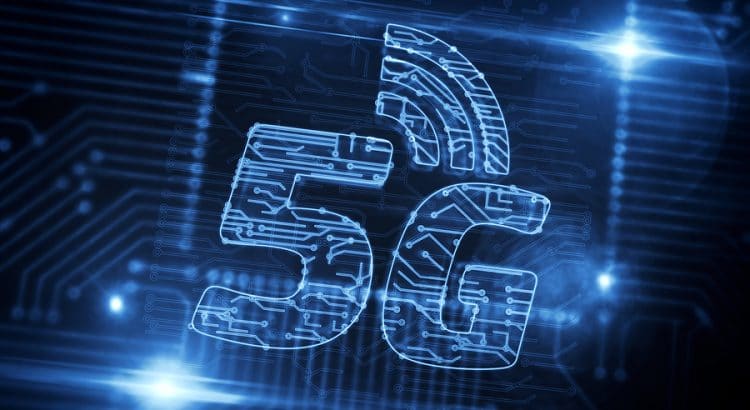DISH and MATRIXX Software just came out with a press release titled: “DISH selects MATRIXX Software for dynamic pricing and monetization of its 5G network”.
I’m a huge advocate of variable-rate pricing. Varying data charges based on how congested cellular networks are would bring huge efficiency gains.
While the press release seems promising, it’s full of corporate jargon and light on substance. Here’s the key bit from the press release:











